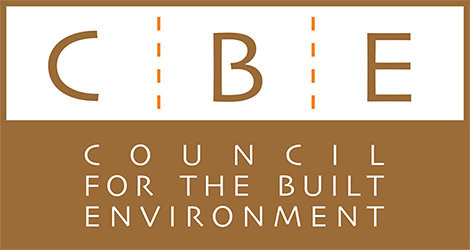World Cities Day: Bridging the Gap Between Progress and Inequality
As we celebrate World Cities Day, we are reminded of the striking paradox that defines our world: a world of remarkable progress, but one in which the blessings of development are not distributed equally. We are all aware that this day is globally recognized to highlight the pressing need for well-planned and managed urban spaces. However, it takes on a whole other level of relevance when we consider the role of the Council for the Built Environment (CBE).
The CBE is a regulator of the professions practicing and providing regulatory frameworks within which various statutory councils operate, namely engineering, town planning, property valuation, quantity surveying, land surveying, architecture, landscape architecture, construction and project management, and environmental management. Hence it is clear that the CBE plays a crucial role in shaping our urban areas. This precision in regulation directly impacts how our cities will evolve, how sustainable their growth is, and the lives of millions dwelling in them. Moreover, the CBE provides strategic guidance, leadership, and meticulous advice to the Minister of Public Works and Infrastructure (DPWI) on policy decisions and legislation impacting the entire built environment sector. As we celebrate World Cities Day, let us take a moment to appreciate all the tireless work put in behind the scenes by the dedicated built environment professionals. For example, consider cities such as Dubai, Taipei, Shanghai, Kuala Lumpur, and Singapore—a testament to the masterpieces created by built environment professionals, representing rapid evolution and excellent examples of good governance, prosperity, and futuristic thinking.
These cities have become homes to half the world’s population who yearn for the opportunities they offer. As we commemorate World Cities Day, it’s important to acknowledge the massive influence 21st-century cities exert as catalysts for growth, prosperity, and innovation. According to the World Bank, half of the human population resides in these bustling towns and cities. However, the bigger picture reveals glaring discrepancies. A considerable part of our global village, particularly in cities across Africa and numerous developing regions, faces a multitude of issues ranging from underdevelopment and infrastructure decay to essential needs like access to clean water, adequate sanitation, mitigating homelessness, housing shortages, managing informal settlements, and tackling the issue of favelas.
The concept of urban management remains elusive. Many of these regions are caught in the relentless fight against significant infrastructure gaps and the conspicuous inability to materialize a stable pipeline of infrastructural projects. In stark contrast, and with a heavy heart, let’s cast our focus on the cities in South Africa. Its cities, though displaying a progressive shift from the oppressive apartheid rule to seemingly democratic governance, continue battling their traumatic past, lurking ominously as disheartening shadows. Metropolitan areas such as Cape Town have unfortunately earned global recognition, but as telling illustrations of glaring inequalities and lopsided development. The path to democratization in South Africa is a long and winding one, and the responsibility rests on the shoulders of built environment leaders and policymakers to ensure that we foster inclusive cities—ones where everyone feels not just welcome, but irrefutably belong. Because, as we celebrate World Cities Day, we must remember cities, at their core, should be about people, not just dazzling skylines. Let us rally together to construct a world where everyone, irrespective of geographical boundaries, can tap into the boundless opportunities and benefits that sustainable urban living provides.
As South Africans, we must celebrate this day by not just envying the glitters of the prosperous cities of the developed nations, but also by acknowledging the gloom that settles in the corners less traversed. Understanding that development is not a race, but a collective journey, is crucial.

